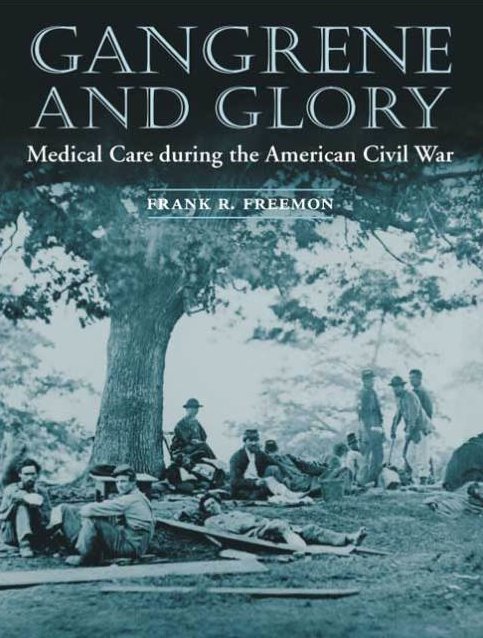I have found very few good books on Civil War medicine. One of the better ones is “Gangrene and Glory” by Frank Freemon (1998). With an MD and a doctorate in American History, Freemon fills in many of the blanks. In the last post I mentioned that battlefield amputations were often done with only a shot of whiskey for anesthesia. While whiskey was ubiquitous and available, both armies supposedly had access to ether and/or chloroform.
“Ether frolics” were popular entertainments during the 1830s. Traveling lecturers dispensed diethyl ether to any audience member who wanted to test its mind-altering effects, which were similar to those of nitrous oxide.
William Edward Clarke (1819-1898) participated in these events. When he became a medical student, he administered ether to a Miss Hobbie to assist in a dental extraction, thereby establishing himself as the first to use an inhaled anesthetic for a surgical procedure.
In 1842 Crawford Long (1815-1878) used ether before removing a neck tumor from a James Venable. Later he used ether for limb amputations. A hospital in Atlanta is named after him and is now a part of Emory University.
In 1846 William T. G. Morton (1819-1868), a New England dentist, used ether as a general anesthetic at Massachusetts General Hospital.
In 1847 Scottish obstetrician James Young Simpson (1811-1870) used chloroform for general anesthesia. Chloroform became very popular thereafter at least partly because it was non-flammable, but its popularity waned after its toxicity to heart and liver was discovered.
During the Civil War (now there’s an oxymoron!) those dripping ether or chloroform had little, if any, training. But they did have one advantage I suppose—if the patient died on the table they always had the excuse that it was because of their battle injuries and not their incompetent anesthetist. Under those primitive conditions it is a miracle that any patient survived. Yet thousands did.
With luck, the patient developed “laudable pus” instead of gas gangrene. Infection was expected, and if it was just staph the patient was considered well on the road to recovery (of course, in those days they didn’t know staph from staff). So that was the staph of life? How times have changed!


